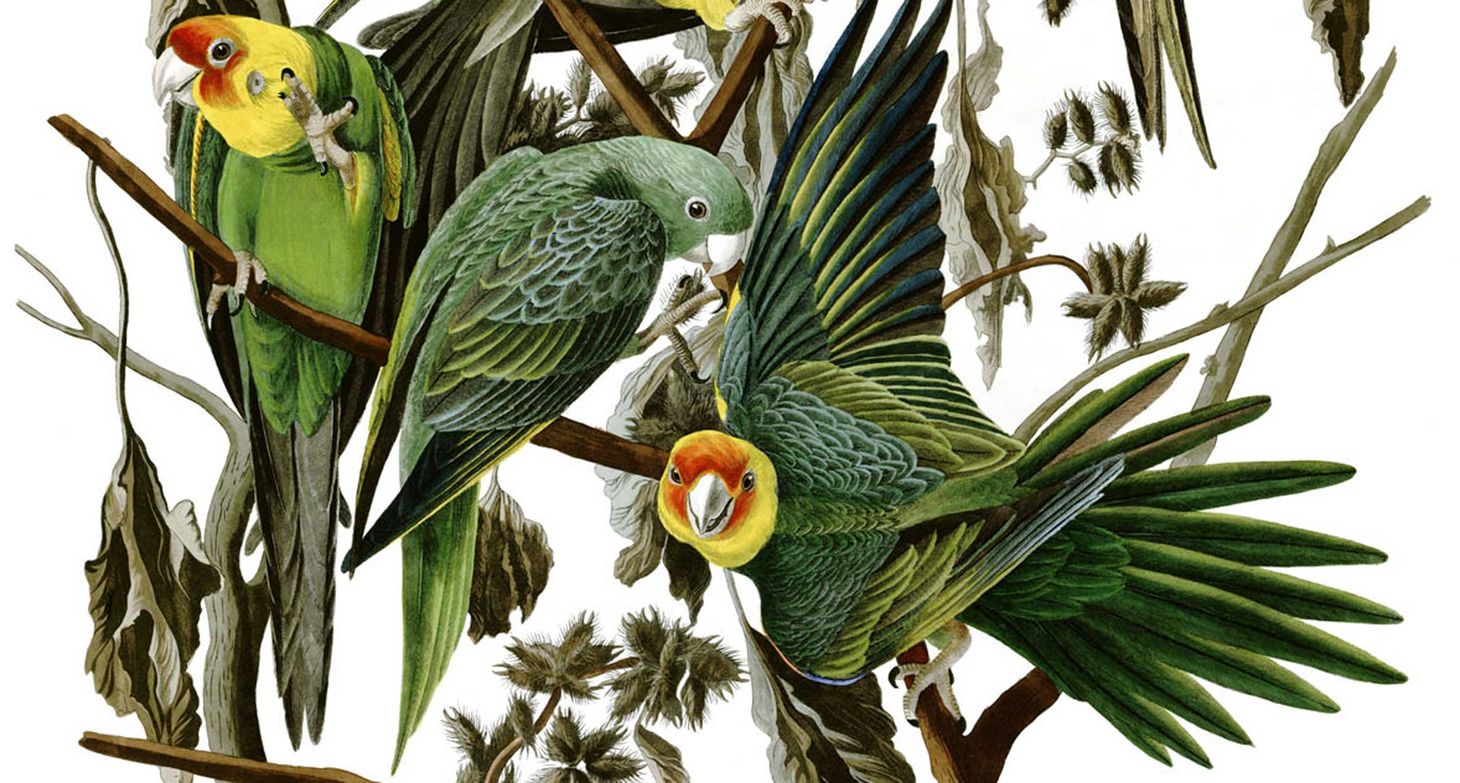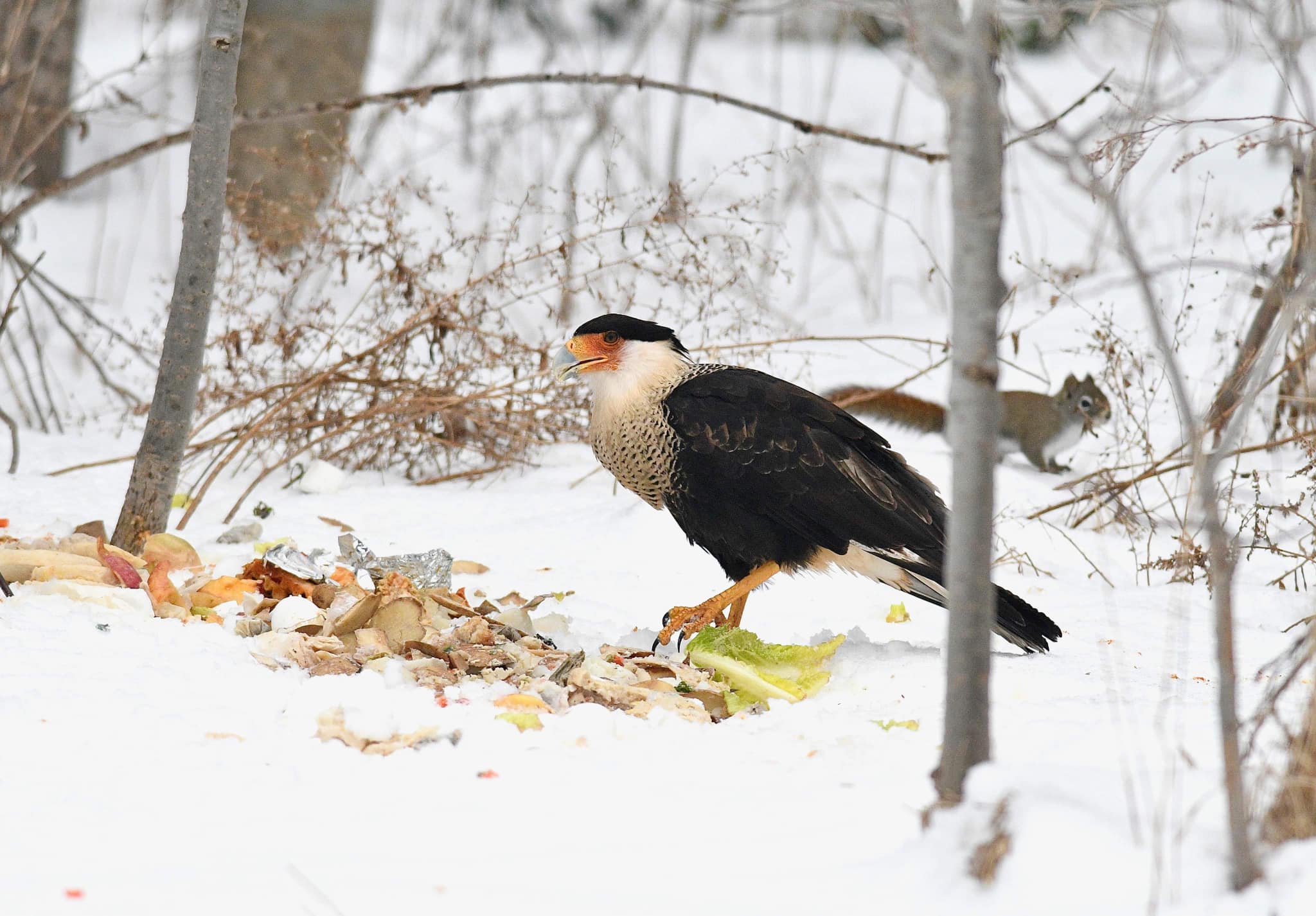
Birdwatchers look at geographic range in a different way from ecologists. Birds fly widely, and you might see a bird somewhere pretty far from where substantial populations of them actually live and breed. A few years ago, birders in the northeast U.S. and Canada were riveted as a Stellar’s sea eagle winged its way along the Maine coast. This species inhabits the northeast coastline of Asia and Hokkaido, Japan—more than 8000 miles away from the town of Boothbay Harbor. Bagging such a rare sighting is a bucket list item for many birders. Last year my own state of Wisconsin had its first sightings of flamingos.
Biologists call such birds vagrants. Vagrant sightings can give valuable information about the dispersal behavior of birds. Under some circumstances, rare sightings can tell biologists a lot about a species’ potential tolerance of new habitats.
But they can be misleading. Vagrants may be reacting to pressures in the areas where most members of their species live — some showing up in unusual places because their species is proliferating, others because their core habitat may be deteriorating. To learn about the long-term survival and evolution of a species, field ecologists need more detailed observations of local population density and breeding. They need to know which habitat the species actually thrives in, not just what it may occasionally tolerate.
Vagrant birds and ancient human habitats

John Hawks has a good riff on the pitfalls of species distribution using the example of Carolina parakeets. The parakeets went extinct with the passenger pigeon in the same time frame. Steve’s interest in passenger pigeons will be served by this story.
A few years ago, birders in the northeast U.S. and Canada were riveted as a Stellar’s sea eagle winged its way along the Maine coast. This species inhabits the northeast coastline of Asia and Hokkaido, Japan—more than 8000 miles away from the town of Boothbay Harbor. Bagging such a rare sighting is a bucket list item for many birders. Last year my own state of Wisconsin had its first sightings of flamingos.
He mentioned this. The eagle is still here.

Crested Caracara at Kings County, Prince Edward Island , Canada.This photo taken on January 26, 2024.Amazing how this bird is surviving our cold winter days. Windchills of -20 degrees C some nights recently.Keeping my fingers crossed that it will make it through the winter! Dale Murchison